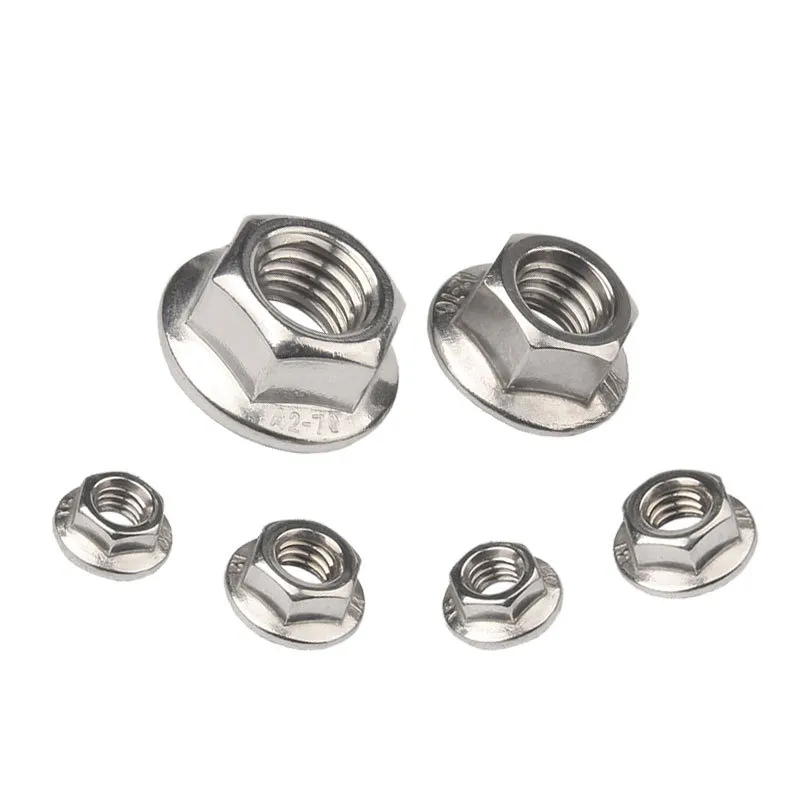

a36 bolts
10월 . 30, 2024 12:33 Back to list
a36 bolts
Understanding A36 Bolts A Key Component in Construction and Engineering
A36 bolts are a crucial element in various construction and engineering applications. Made from A36 steel, which is a low carbon structural steel, these bolts are known for their high strength, versatility, and weldability. Understanding the properties and applications of A36 bolts is essential for engineers, designers, and builders who aim to create durable and reliable structures.
Properties of A36 Steel
A36 steel is characterized by its minimum yield strength of 36,000 psi. This strength makes it ideal for manufacturing bolts that can withstand significant loads and stresses. The low carbon content in A36 steel enhances its ductility and toughness, allowing it to absorb energy and deform without fracturing. This property is particularly valuable in structural applications where flexibility and resistance to impact loading are critical.
Moreover, A36 steel can be easily welded and fabricated, making it a preferred choice for various applications. Its good machinability allows it to be drilled, tapped, and shaped into various configurations, enhancing its adaptability in design.
Applications of A36 Bolts
A36 bolts are widely used in a range of applications, including
1. Structural Frameworks A36 bolts are commonly used in the construction of steel frames for buildings, bridges, and other infrastructure. They provide the necessary strength to hold structures together and ensure stability under various loads.
a36 bolts

2. Heavy Machinery The manufacturing of heavy machinery often requires strong fasteners to maintain integrity during operation. A36 bolts are used to secure components together, ensuring that machines function reliably even under high stress.
3. Fabrication and Manufacturing In industrial applications, A36 bolts play a critical role in the assembly of equipment and product manufacturing. Their strength and durability make them ideal for fastening large assemblies where precision and reliability are paramount.
4. Rail and Transportation The transportation sector, particularly rail, benefits from the use of A36 bolts. They are instrumental in constructing tracks and securing rail components, contributing to the overall safety and stability of transport systems.
Advantages and Considerations
Using A36 bolts comes with several advantages, including cost-effectiveness, as A36 steel is relatively inexpensive compared to higher-grade steels. The availability of A36 steel and its standardization also allows for easier sourcing and replacement in the field.
However, it's essential to consider corrosion resistance when using A36 bolts, as their low carbon content does not provide significant protection against rust and wear. In environments exposed to moisture or chemicals, it may be necessary to apply coatings or choose alternative materials, such as stainless steel bolts, to prevent corrosion.
Conclusion
A36 bolts are an integral part of today’s construction and manufacturing landscapes. Their combination of strength, versatility, and cost-effectiveness makes them a go-to choice for various applications. Understanding their properties and suitable applications helps engineers make informed decisions about materials, ultimately leading to safer and more reliable structures. Whether in the framework of a skyscraper or the assembly of heavy machinery, A36 bolts continue to play a vital role in engineering and construction.
Latest news
-
Hot Dip Galvanized Bolts-About LongZe|High Strength, Corrosion Resistance
NewsJul.30,2025
-
High-Strength Hot Dip Galvanized Bolts - Hebei Longze | Corrosion Resistance, Customization
NewsJul.30,2025
-
Hot Dip Galvanized Bolts-Hebei Longze|Corrosion Resistance&High Strength
NewsJul.30,2025
-
High-Strength Hot-Dip Galvanized Bolts-Hebei Longze|Corrosion Resistance&High Strength
NewsJul.30,2025
-
Hot Dip Galvanized Bolts-Hebei Longze|Corrosion Resistance&High Strength
NewsJul.30,2025
-
Hot Dip Galvanized Bolts - Hebei Longze | Corrosion Resistance, High Strength
NewsJul.30,2025

